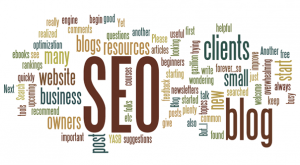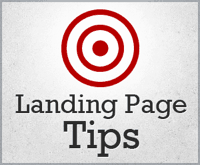B2B Marketing Analytics: Metrics to Focus On (Part 2)
 As we mentioned in Metrics to Focus On (Part 1), effective B2B management requires you to focus on your b2b marketing analytics. Available analytics tools within lead generation and marketing automation platform provide impressive granularity that allows you to modify and improve your strategies. Here are key metrics to analyze for your blog and SEO practices.
As we mentioned in Metrics to Focus On (Part 1), effective B2B management requires you to focus on your b2b marketing analytics. Available analytics tools within lead generation and marketing automation platform provide impressive granularity that allows you to modify and improve your strategies. Here are key metrics to analyze for your blog and SEO practices.
Blog
Referral sources
Who is sending traffic your way? Sure, it’s great to get attention from third-party referrers but it can be even more beneficial when you understand who they are. What is their business? Who is their audience? The quality of your referral sources can directly affect readership and, consequently, revenue generation. Take the time to know your referral sources – it can lead to higher revenues.
Subscribers
A blog can be an effective inbound marketing asset when used as a lead nurturing tool. The sign of a productive lead nurturing tool is the number of followers who engage repeatedly with your brand. What is your number of subscriptions, sign up rate, and number of times a subscriber visits? Analyze the composition of your audience to determine targeted marketing opportunities.
Engagement
Automated marketing developers like our talented Lead Liaison team are finding ways to get deeper inside your market. Mining comment streams for data is a fairly new analytics tool that allows you to understand the tone, depth, and frequency of conversations via social sites, review sites, and others.
You can select keywords and phrases relevant to your business to analyze how the market is reacting to your blog posts.
SEO
Keyword performance
The keywords used in your site and marketing assets can make a significant impact on the effectiveness of your online presence. How productive are they? There are a number of tools available to analyze page ranking on Google, Yahoo, Bing, etc. according to the keywords and phrases you embed. Bear in mind that your keywords shouldn’t remain static; therefore, updating keywords to match traffic trends based on keyword performance analytics can be useful to managing your business.
Search rankings
How visible is your domain? Are your videos, articles, and other marketing assets reaching the first page? If your web pages are not being indexed effectively it can kill your conversion rates. Search engine optimization rules change regularly so analyze how well your marketing assets are currently being ranked. There are tools that deploy spider technology to analyze each page of your online presence for rank across multiple engines.
Inbound links
If you deploy multiple inbound assets such as social media, press releases, or product reviews, you’re probably using trackable links that connect your audience with landing pages or your website. Analyze the performance of these links as part of a marketing effectiveness evaluation. Tools like Google Analytics allow you to review which links are productive across search engines, referral sites, and other traffic generators.
The next post in this series will discuss the metrics you should analyze from your social media and content marketing practices.











